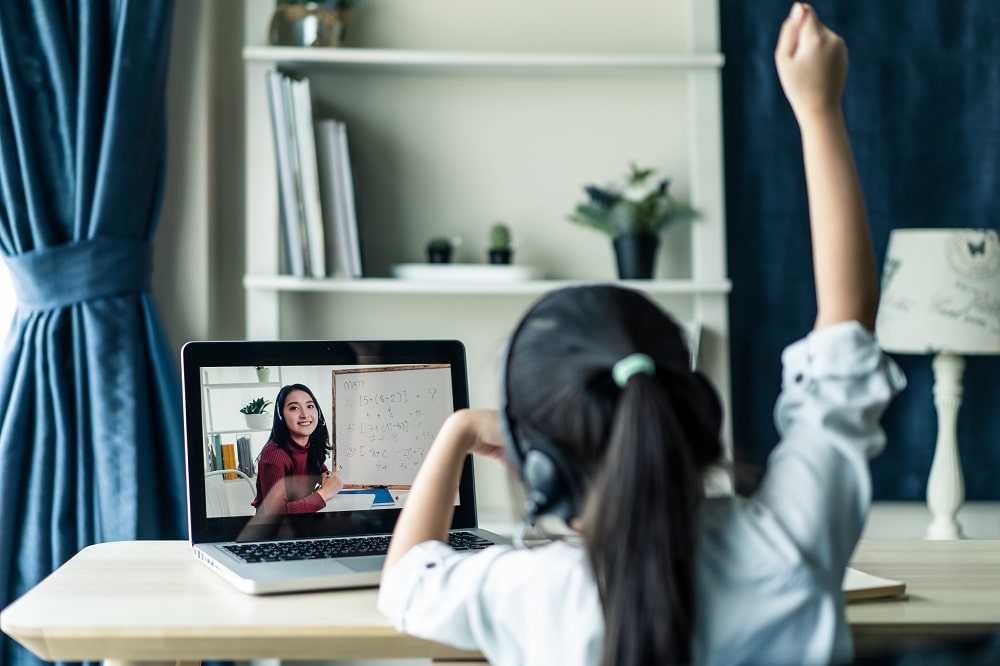To be honest, study from home proved to be not as convenient as we used to imagine. Yes, you save some dollars spent on transport and other necessities of public school. But on the other side, parents have to take on the role of a teacher and a principal. And it proves quite challenging for both parents and their children. So, to make things easier, here are 5 top tips to help your kids learn at home.
Maintain a daily routine
A fixed schedule will reduce anxiety. Your kids will know what to expect from their day and when. Strive to make your routine fair and allow your kids some time for rest and games. Older children will be more lenient in following a routine. But it will be beneficial for all ages.
Help them feel successful
Our brain is designed in such a way that every success gets rewarded with a boost of happiness hormone. That is why you should shuffle the academic tasks in the right order that would allow your child to experience success regularly. If there’s a class they enjoy the most and are good at, allow them more time with this class. A constantly winning child will gain the strength to deal with less interesting classes as well. And while they collect the energy of success to address these problematic subjects, you can take advantage of the top essay writing services to win your kids some additional time. And while they collect the energy of success to address IB Maths or any problematic subjects, you can take advantage of the top essay writing services to win your kids some additional time.
Create a study corner
Distraction is a major concern when you study at home. That’s why your children need a special place in the house that will be comfortable and quiet enough for them to focus on their studies.
Gamification does wonders
Education systems underestimated gamification for centuries. But it improves kids’ academic engagement dramatically. To the point that children will beg you for another learning session just to play with you a bit more. Here are some examples of games you can use for homeschooling:
- Snakes and ladders — depending on the class you are using it for, you may put any kind of relevant questions in the squares on the grid. You then cast dice to move the players’ tokens along the road. When the token stops on a certain square, the player has to answer the question written on it. The right answer grants an extra dice roll. And whoever reaches the finish line gets a prize. If your child is the only player, let the final score determine how big the prize will be.
- Video games — there are hundreds of video games on the internet designed for education and most of them are free. You can find games for language learning, exploring the geography, studying history, doing mathematical exercises, and much more. One of the bright examples of using video games for education is Minecraft. Schools use a special edition of this game to teach almost any subject to their students. Virtual world space drives a child’s engagement much better than dull textbooks and white sheets of paper.
- Puzzles — this type of game is an invaluable tool for such classes as geography. You can acquire world or country maps designed as a puzzle for your child to assemble. Or you can even print them yourself. By interacting with individual pieces that feature city names and landmarks, your children will memorize Geography much better.
- Role-playing games — such games as Dungeons & Dragons are easy to master and allow you to create a playground of maximum engagement directly in your child’s imagination. Say, you have to learn a certain subject in math classes. Turn your child into a warrior or a wizard who enters a hazardous dungeon where every closed door has a math question on it, and every enemy attacks with arithmetic tasks. Your kids will be overwhelmed with joy from these kinds of lessons! Just don’t forget to reward them with ‘treasure’ after each encounter.
Activity is important
Sitting for hours without moving is not productive at all. Believe me, I tried. The flow of blood gets dulled and your brain performs less efficiently with every minute. Schools usually provide plenty of opportunities for children to stretch their limbs during recess. That’s why you should include physical activity in your home education schedule as well. And if your kid’s workload is impossibly big for allowing the time for other activities, hire a writer for an essay or two to lighten the burden.
Take your kids out for a walk in a park. Preferably with a playground. If you have bicycles, go for a riding session. You can also install an app that would govern your child’s exercises at home.
Final thoughts
A lot of these top tips ask for a big involvement from the parents. So, in the end, their effectiveness is highly dependent on your involvement in the life of your children.

